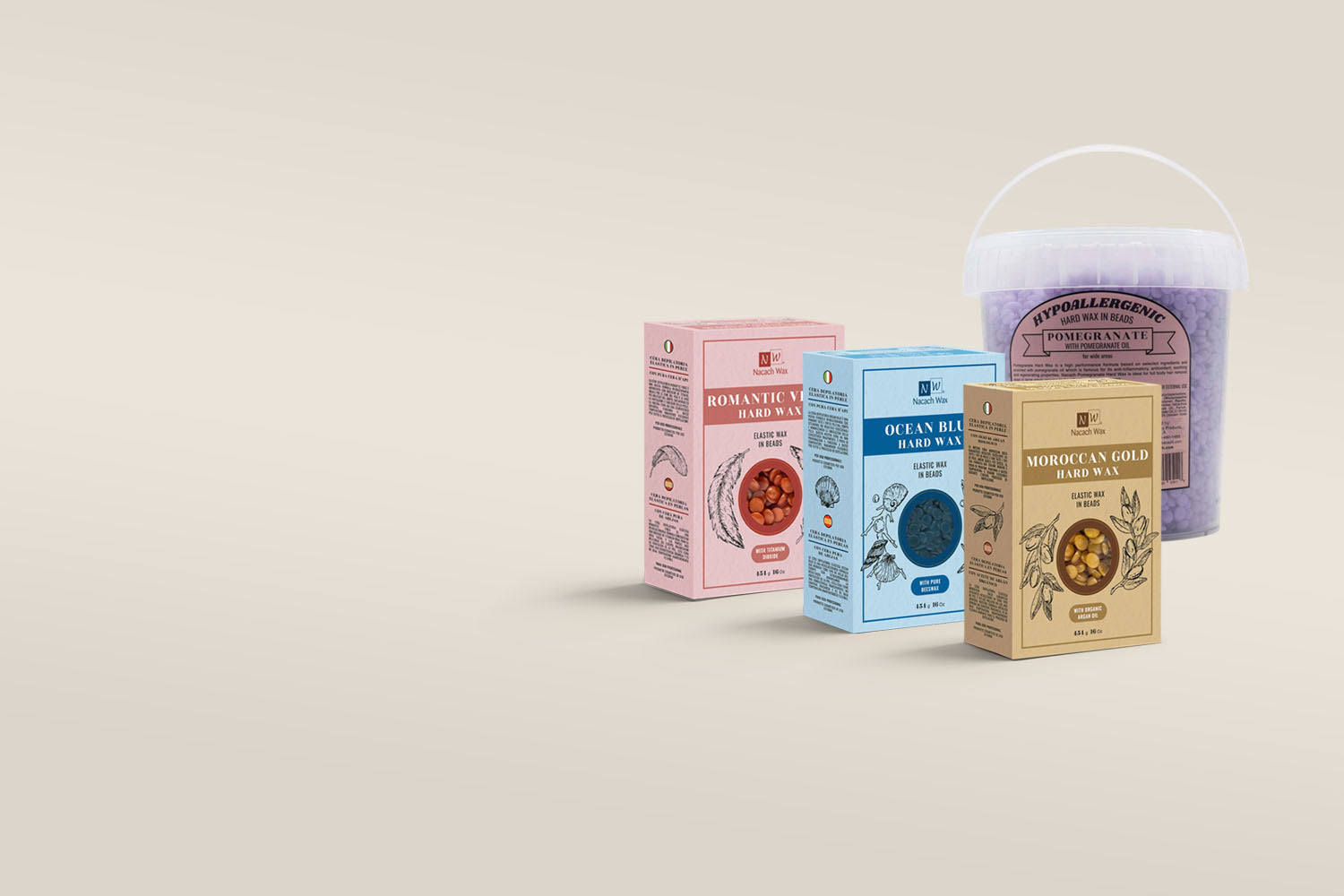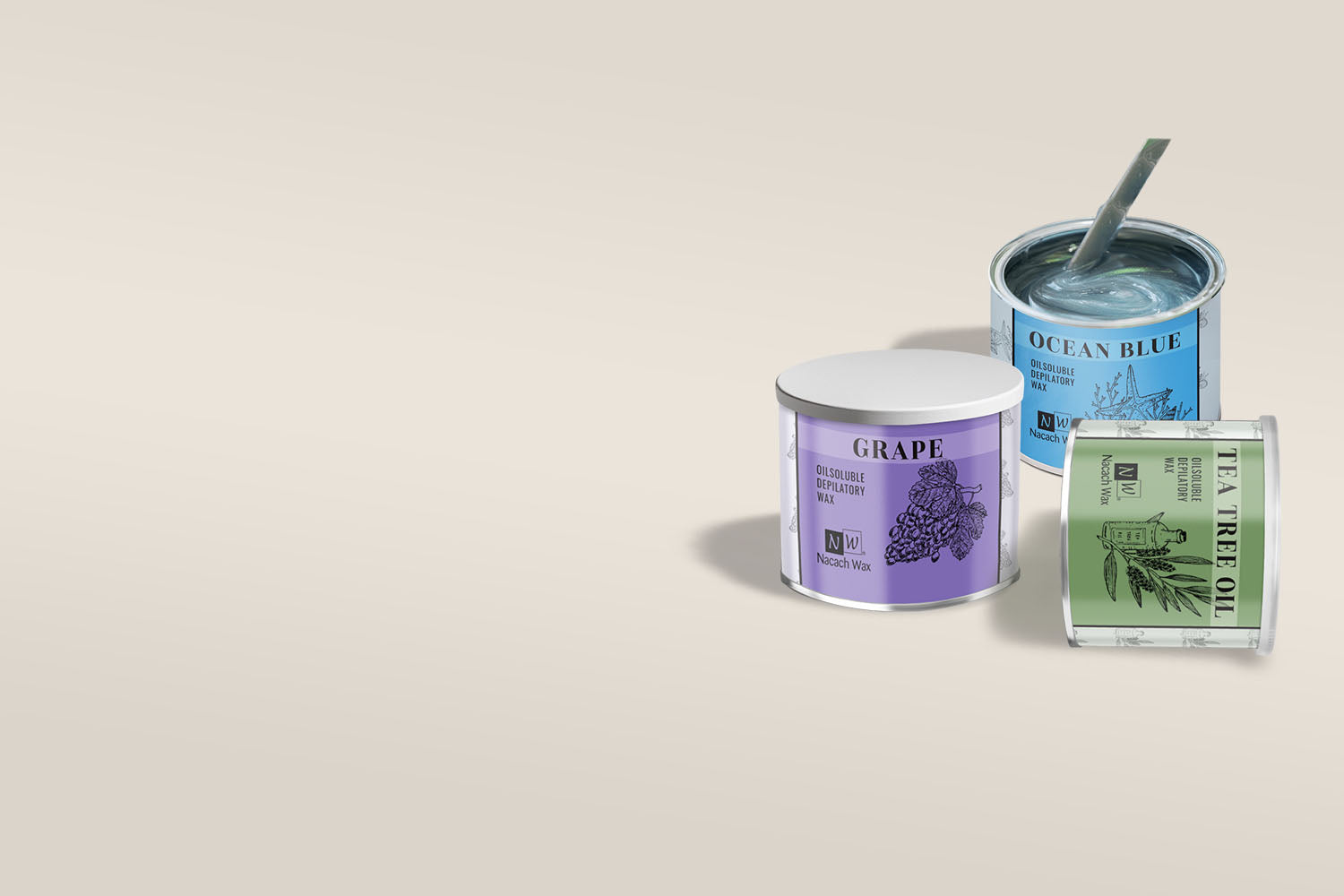Introduction
Are you tired of ineffective hair removal? Struggling with waxing can be frustrating. One key factor that can make or break your waxing experience is the wax temperature. Getting the temperature right ensures smooth, long-lasting results without pain or irritation. In this guide, we'll explore how wax temperature affects hair removal and share best practices for the best results.
Why Wax Temperature Matters
The temperature of the wax plays a crucial role in the effectiveness and comfort of the hair removal process. Too hot, and you risk burning your skin; too cool, and the wax may not adhere properly to the hair. Finding the right balance is essential for a smooth experience.
Proper Wax Consistency
Wax needs to be at the right consistency to stick to the hair and not the skin. When the wax is heated correctly, it becomes pliable enough to grip the hair tightly. This ensures that more hair is removed with each strip, leading to longer-lasting smoothness.
Reducing Pain and Irritation
Using wax that's too hot can cause burns and irritate the skin, making the experience painful. On the other hand, wax that's not warm enough can lead to uneven hair removal, causing discomfort. Maintaining the right temperature helps minimize pain and reduces the risk of skin irritation.
Best Practices for Heating Wax
Achieving the perfect wax temperature involves using the right tools and techniques. Here are some best practices to ensure your wax is heated properly for effective hair removal.
Choose the Right Wax Warmer
Invest in a good-quality wax warmer that allows you to control the temperature precisely. Electric warmers with adjustable settings are ideal because they let you maintain a consistent temperature, preventing the wax from getting too hot or too cool.
Follow Manufacturer Instructions
Always read and follow the manufacturer's instructions for heating the wax. Different types of wax require different temperatures. For example, hard wax typically needs to be heated to a higher temperature than soft wax. Adhering to these guidelines ensures the wax reaches the optimal consistency.
Test the Wax Temperature
Before applying the wax to a large area, test the temperature on a small patch of skin. The wax should be warm but not uncomfortably hot. If it's too hot, let it cool slightly before testing again. This step helps prevent burns and ensures the wax is ready for use.
Monitor the Wax During Use
Keep an eye on the wax's temperature while using it. Reheat the wax as needed to maintain the right consistency. If the wax starts to harden or become too thick, gently reheat it to restore its optimal texture.
Types of Wax and Their Temperature Needs
Different types of wax require specific temperature settings for effective hair removal. Understanding these needs can help you choose the right wax and heating method for your skin type and hair removal goals.
Soft Wax
Soft wax is applied using strips and is best for large areas like legs and arms. It needs to be warm enough to spread easily but not so hot that it burns the skin. Typically, soft wax is heated to around 120-130°F (49-54°C).
Hard Wax
Hard wax is applied directly to the skin without strips and is ideal for sensitive areas like the face and bikini line. It requires a higher temperature to become pliable, usually heated to around 140-150°F (60-66°C).
Sugar Wax
Sugar wax, a natural alternative, needs to reach a temperature where it becomes syrupy but not boiling. This typically ranges from 125-135°F (52-57°C). It's gentle on the skin and suitable for all body parts.
Tips for Safe Waxing
Safety should always be a priority when waxing. Here are some tips to ensure a safe and effective hair removal experience.
Patch Test
Always perform a patch test before waxing a new area. This helps you check for any skin reactions or allergies to the wax. Apply a small amount of wax to a discreet area and wait 24 hours to see if any irritation occurs.
Maintain Cleanliness
Ensure that all waxing tools and surfaces are clean to prevent infections. Use disposable applicators and clean reusable tools with appropriate solutions after each use.
Exfoliate Before Waxing
Exfoliating the skin before waxing removes dead skin cells and helps prevent ingrown hairs. Use a gentle scrub or exfoliating mitt to prepare the skin for waxing.
Moisturize After Waxing
After waxing, soothe the skin with a gentle moisturizer or aloe vera gel. This helps reduce redness and irritation, keeping your skin smooth and comfortable.
Common Mistakes to Avoid
Even with the best intentions, certain mistakes can hinder your waxing results. Avoid these common errors to ensure effective hair removal every time.
Using Wax That's Too Hot
Applying wax that's too hot can cause burns and severe skin irritation. Always test the wax temperature and avoid overheating the wax warmer.
Not Preparing the Skin Properly
Skipping skin preparation steps like cleaning and exfoliating can lead to uneven hair removal and increased irritation. Proper preparation is key to a smooth waxing experience.
Applying Wax in the Wrong Direction
Wax should be applied in the direction of hair growth and removed against it. This technique ensures that the wax grips the hair effectively, leading to better hair removal.
Ignoring Skin Sensitivity
If you have sensitive skin, choose a wax formulated for gentle hair removal and always use a lower temperature. Ignoring skin sensitivity can result in discomfort and irritation.
Enhancing Your Waxing Routine
To get the most out of your waxing sessions, consider incorporating these enhancements into your routine.
Regular Waxing Schedule
Stick to a regular waxing schedule, typically every 4-6 weeks. This helps maintain smooth skin and weakens hair growth over time, making hair removal easier and less painful.
Use High-Quality Wax Products
Invest in high-quality wax that suits your skin type and hair removal needs. Quality waxes adhere better and are less likely to cause irritation.
Professional Waxing Services
If you're new to waxing or prefer a hassle-free experience, consider visiting a professional waxing salon. Professionals have the expertise and equipment to ensure effective and safe hair removal.
Stay Hydrated and Healthy
Healthy skin contributes to a better waxing experience. Drink plenty of water, maintain a balanced diet, and keep your skin moisturized to enhance its resilience during hair removal.
Frequently Asked Questions
What is the ideal temperature for waxing at home?
The ideal temperature varies depending on the type of wax. Soft wax is best heated to around 120-130°F, while hard wax should be heated to about 140-150°F. Always follow the manufacturer's instructions.
Can using the wrong wax temperature damage my skin?
Yes, wax that is too hot can burn your skin and cause irritation, while wax that is too cool may not remove hair effectively, leading to multiple applications and increased irritation.
How can I test if the wax is at the right temperature?
Test the wax on a small area of your skin before full application. It should feel warm and comfortable, not hot or causing any stinging sensation.
How often should I wax to maintain smooth skin?
Waxing every 4-6 weeks is recommended to maintain smooth skin and reduce hair growth over time. However, the frequency can vary based on individual hair growth cycles.
Are there alternatives to traditional waxing methods?
Yes, alternatives include sugaring, laser hair removal, and depilatory creams. Each method has its own benefits, so choose one that best fits your skin type and hair removal needs.




